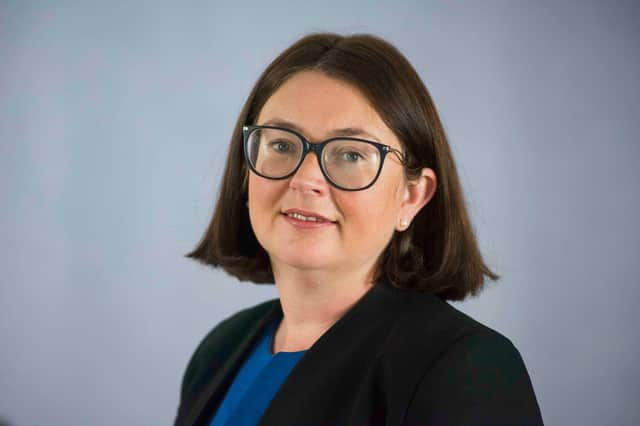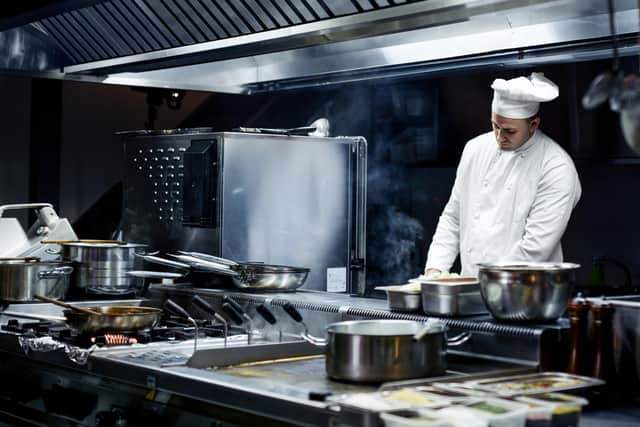In the dark over future of high street restaurants - Fiona McKinnon


There are numerous benefits to setting up dark kitchens. They are not subject to the same overheads as restaurants - less staff, lower rents and rates, no seating areas or customer toilets and shared services such as common stock storage, dishwashing and cleaning. The reduction in overheads means start-ups reluctant to commit to expensive inner city restaurant premises can trade from empty retail units or even shipping containers, while they create recipes, establish their brand, and grow their business. A dark kitchen can also locate itself outside of the city, opening up takeaway options to new customers in the suburbs.
The impact of Covid-19 on the restaurant industry cannot be overstated, with numerous restaurants having to adapt to new safety requirements, social distancing and local lockdown restrictions. This, together with the growing popularity of stay at home takeaway from various delivery apps, illustrates that dark kitchens provide an alternative business structure that allow restaurant businesses to continue trading during difficult and ever-developing business conditions.
Advertisement
Hide AdAdvertisement
Hide AdAs many people moved from offices to improvised home offices, more have decided to relocate from cities into suburban and rural areas. This relocation has meant more customers are based in the outer rims of cities. Restaurants that primarily focus on customers visiting their city centre restaurants need to be able to service this growing out-of-town customer base.


At the same time, operating from a dark kitchen is not cost or risk-free. While rent and overheads are low, the commission charged on orders can be substantial.
There have been planning issues in England, with some units operating on temporary planning permission, with others served notice to close. It remains to be seen how local government will deal with planning issues in Scotland - and there will be devil in the detail. For example, if dark kitchens wish to offer alcohol with takeaway food, they require to hold a premises licence.
Long-term, there is a concern that restaurants may struggle to compete with the flexibility the delivery apps provide. Some have gone as far as to predict that an increase in dark kitchens could ultimately spell the downfall of high street restaurants. While such predictions made prior to 2020 may have appeared far-fetched, the restaurant industry for inner city premises will be forever affected by Covid-19, and delivery apps are most definitely here to stay.
The UK dark kitchens market is forecast to reach approximately £2 billion by 2026, four times larger than it was in 2018. Forward thinking businesses should take note.
Fiona McKinnon, Partner and head of Retail group at Anderson Strathern
Comments
Want to join the conversation? Please or to comment on this article.